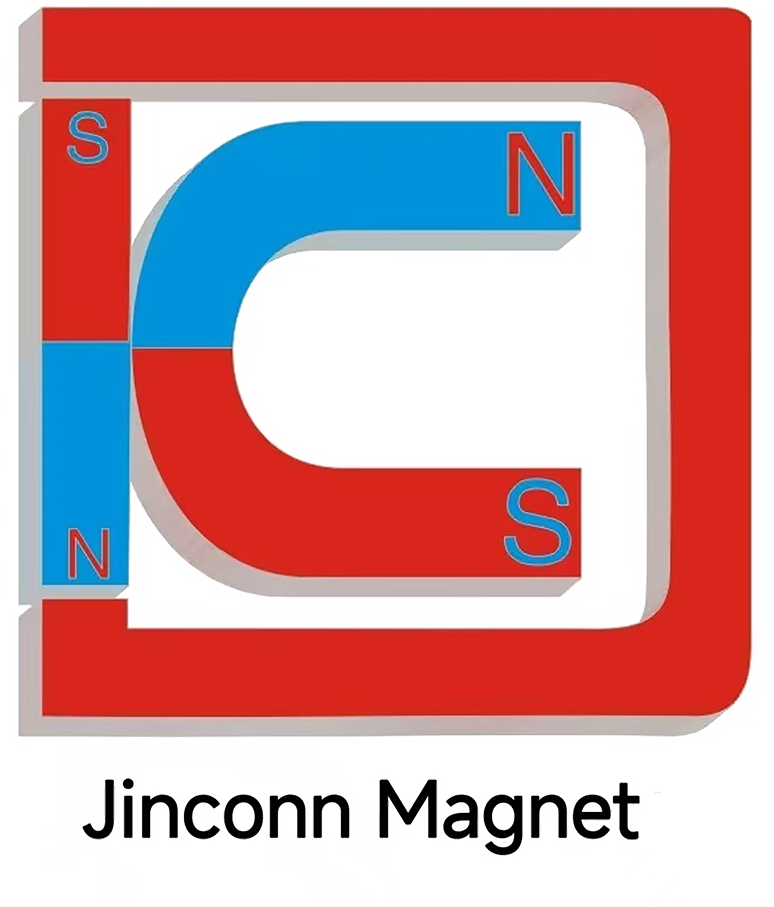Cross-Chain Collaboration and Technological Upgrades: Strengthening the Rare Earth–Alloy–Magnet Supply Chain
As global industries become more reliant on high-performance magnets, the need for a robust and resilient supply chain—from rare earth mining through alloy production to finished magnet manufacturing—has never been greater. Geopolitical tensions, market volatility, and rapid technological change all require the sector to adapt quickly. Key to this adaptation is greater collaboration across the supply chain and constant investment in advanced material science.
1. Industry Collaboration: Breaking Down Silos
In recent years, manufacturers, miners, and researchers have increasingly joined forces to secure the entire supply chain. This collaboration allows for better forecasting of raw material demand and creates shared standards for critical technical features, such as high temperature resistance and corrosion resistance. By jointly developing solutions to environmental and operational challenges, the supply chain becomes less vulnerable to disruptions—whether from export bans or natural disasters.
For example, mining companies can work directly with alloy producers to ensure that extracted materials maintain the qualities necessary for high temperature resistance and are less susceptible to corrosion resistance failures during shipping or storage.
2. Technology as a Shield: Raising the Bar on Material Performance
Scientific innovation is at the heart of supply chain resilience. New processes are enabling the production of alloys with high coercivity and strong stability even when using lower-grade raw materials. This is essential as high-quality rare earth deposits become harder to access. By focusing on high coercivity, manufacturers can guarantee that magnets retain their performance in demanding applications, such as electric vehicle motors and wind turbines.
Meanwhile, ensuring strong stability in alloys and magnets makes them more reliable for long-term, high-stress uses. This reliability is especially important in industries like medical devices and aerospace, where failures can have severe consequences.
3. Meeting New Market Needs: Flexibility and Customization
Industries increasingly demand magnets with strong adsorption and the ability to support customizable magnet solutions. Advanced simulation tools and precision manufacturing have made it possible to design and produce magnets that fit unique geometries and performance requirements. Whether for next-generation robotics or compact electronics, strong adsorption ensures secure placement, while customizable solutions unlock entirely new use cases.
4. Future-Proofing the Chain: Lessons from Recent Disruptions
Recent crises have underscored the value of a flexible and innovative supply chain. During the COVID-19 pandemic, some suppliers leveraged their expertise in strong adsorption and customizable magnet solutions to quickly shift production towards medical equipment and critical infrastructure.
5. Investing in Education and Joint Research
Supply chain resilience also depends on continuous education and joint research. Partnerships between universities and industry are accelerating the development of magnets that combine high coercivity and strong stability with properties like high temperature resistance and corrosion resistance. These programs ensure that the next generation of engineers is ready to tackle evolving global challenges.
Conclusion
Through cross-chain collaboration and technological upgrades, the rare earth–alloy–magnet supply chain is becoming more agile and resilient. By prioritizing high temperature resistance, corrosion resistance, high coercivity, strong stability, strong adsorption, and customizable magnet solutions, the industry can both withstand current risks and seize future opportunities, regardless of geopolitical uncertainty.




Jinconn WeChat









